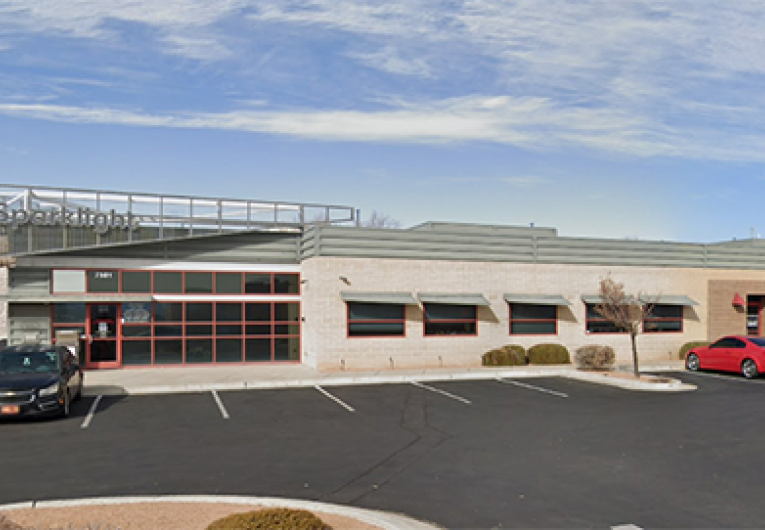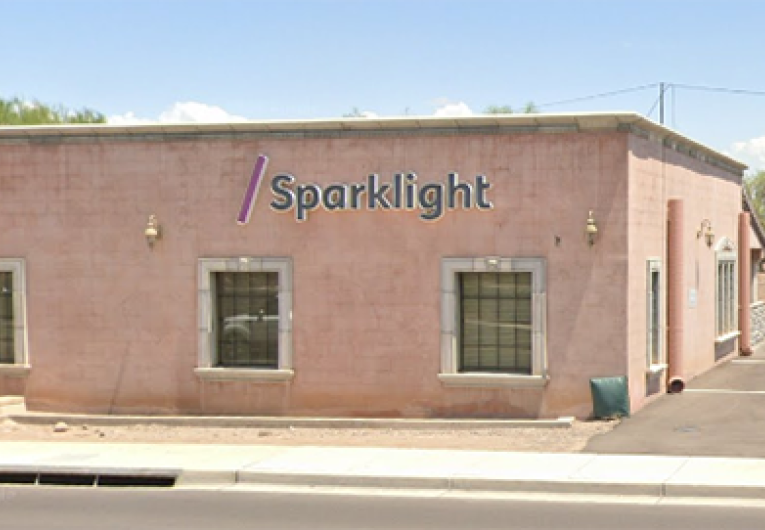
Coaxial Cable vs. Twisted Pair
There are three major types of cable used throughout business networks: coaxial cable, optical fiber cable and twisted pair cable. Each of these technologies is different, and some technologies may be better suited to different applications. For business usage, coaxial cable is often preferred over twisted pair wire cabling. However, internal networks may still make use of twisted cable because of its low cost and speed.
The Major Differences Between Coaxial Cable and Twisted Pair
- Coaxial cables are generally used for cable television and internet connections.
- Twisted pair cables are usually used for telephone connections.
- Coaxial cables support greater cable lengths.
- Twisted pair cables are thinner and less expensive.
- Coaxial cables are better shielded from crosstalk.
- Twisted pair cables provide high transmission rates.
The Advantages of Coaxial Cable Over Twisted Pair
A major twisted pair and coaxial cable difference is related to shielding. Though coaxial cables are more expensive, they support longer cable lengths because they are better shielded. This superior shielding prevents crosstalk and other disruptions in traffic. In comparisons between coax vs twisted pair, coaxial cables are able to transmit over 80 times the amount of data as a twisted pair cable. Because of this, coaxial cables are almost always used for high-speed communication, including internet, cable and telecommunications services. That being said, twisted pair cables still remain in use throughout by telecommunications companies as they are the oldest type of cable. They are still extremely affordable and fast to install, and an organization may not experience much latency if it uses twisted pair cables throughout its internal network. Many telephone systems currently use twisted pair cables rather than either coaxial or Ethernet cables because they are more than sufficient for voice data, especially with companies that do not take a significant volume of calls.
Coaxial and Twisted Pair Cables vs. Fiber Optic Cables
In addition to twisted and coaxial cables, there are also fiber optic cables. Fiber optic cables can generally carry more data than twisted or coaxial cables, and they are also extremely durable as well as cheap and easy to run. Many companies are now transitioning their coaxial cables to twisted pair cables to upgrade their networks. However, if a system is already running on a backbone of coaxial or twisted pair cables, there may be no distinct advantage to running fiber optic cables from the main lines. Additionally, fiber optic cables can be more expensive. Fiber optic cables are generally used for long distance applications that require large volumes of data to be transmitted quickly. When running network wiring, the differences between fiber optic and coaxial cable and twisted pair cable can be significant. Which network cable types, twisted pair vs coaxial cable type or Ethernet cable types are right for your organization depend on your current network setup.
Download Infographic
Get a quick overview of coaxial cable vs. twisted pair with this easy-to-read infographic from Sparklight Business. Download here.
Want to learn even more? Check out this resource:
Download the infographic to 'Compare High-Speed Internet Options.'
The trends, insights, and solutions you need to grow your business.
By signing up, you’re subscribing to our monthly email newsletter, The
Wire. You may unsubscribe at any time.
Your information stays safe with us. Learn more about our privacy
policy.











![[#MSP_NAME#] Logo](/themes/sparklight_business/images/transition-logos/migration-banner-logo-[#MSP_CD#].png)
